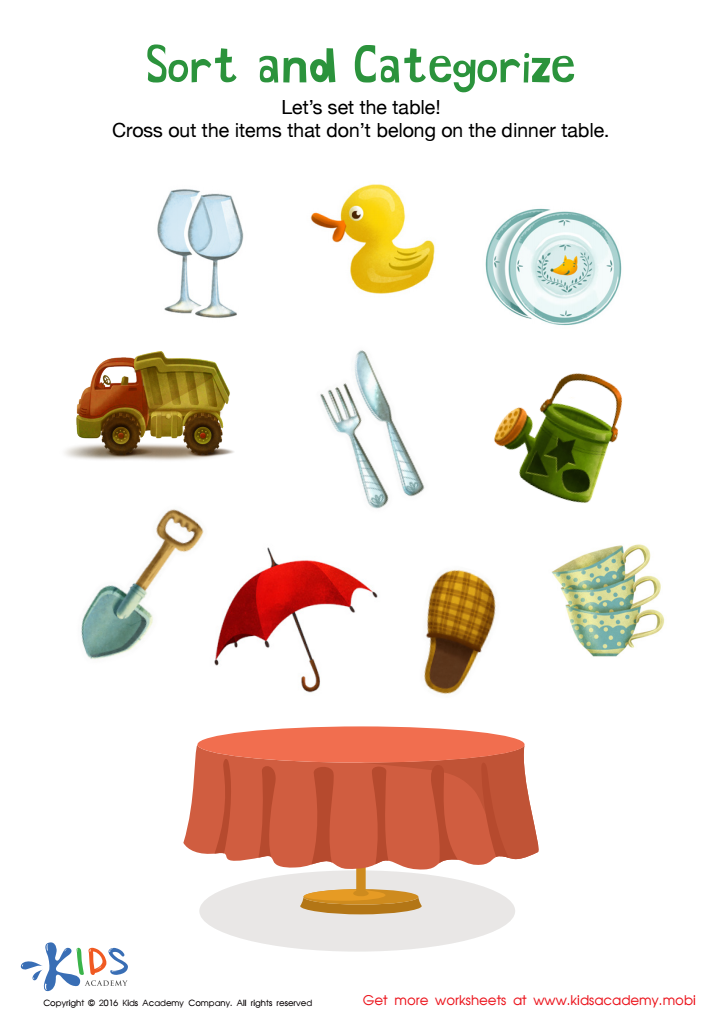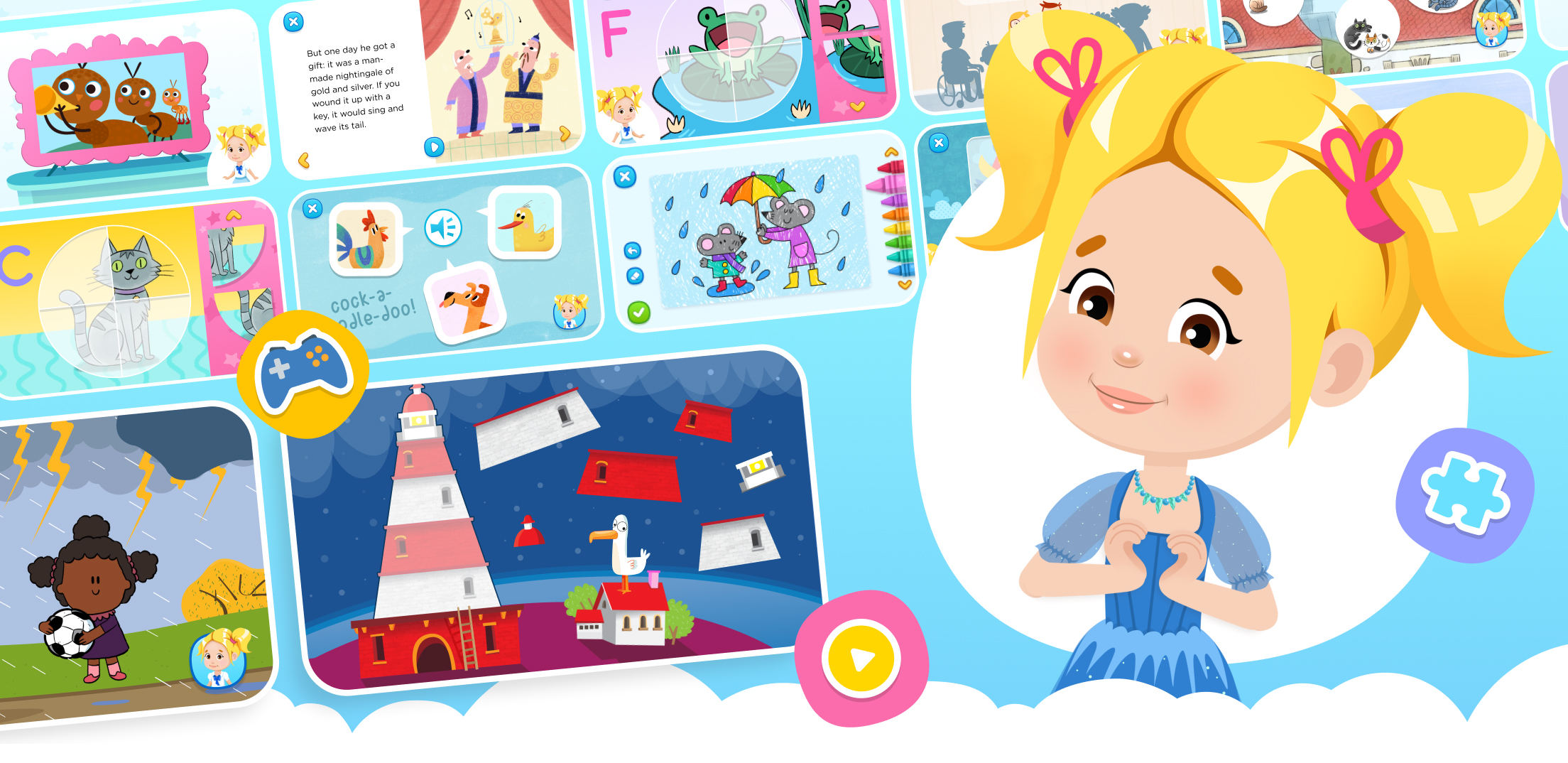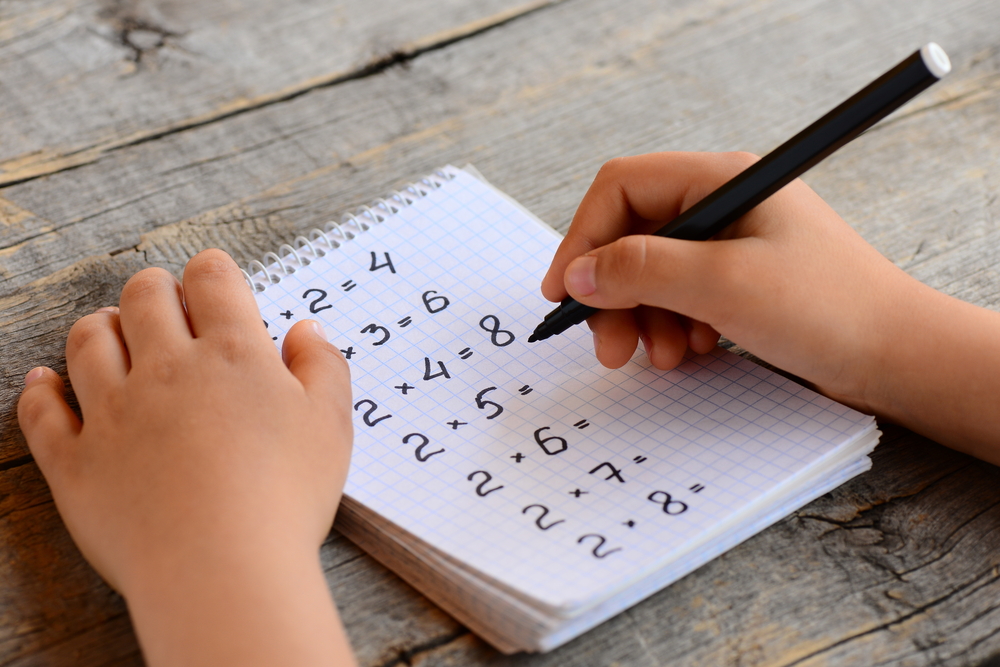Categorization skills Sorting Worksheets for Ages 4-8
5 filtered results
-
From - To
Enhance your child's learning journey with our engaging Categorization Skills Sorting Worksheets, perfect for ages 4-8! Designed to develop critical thinking and organizational skills, these worksheets provide fun activities that help children recognize similarities and differences, promoting early math abilities. Kids will enjoy sorting objects, animals, shapes, and more, fostering cognitive growth while encouraging creativity. Our easy-to-use printable resources make learning enjoyable and interactive, perfect for home, classrooms, or educational settings. Watch as your child's confidence and knowledge soar while mastering crucial categorization skills. Explore our collection today and inspire a love for learning that lasts a lifetime!
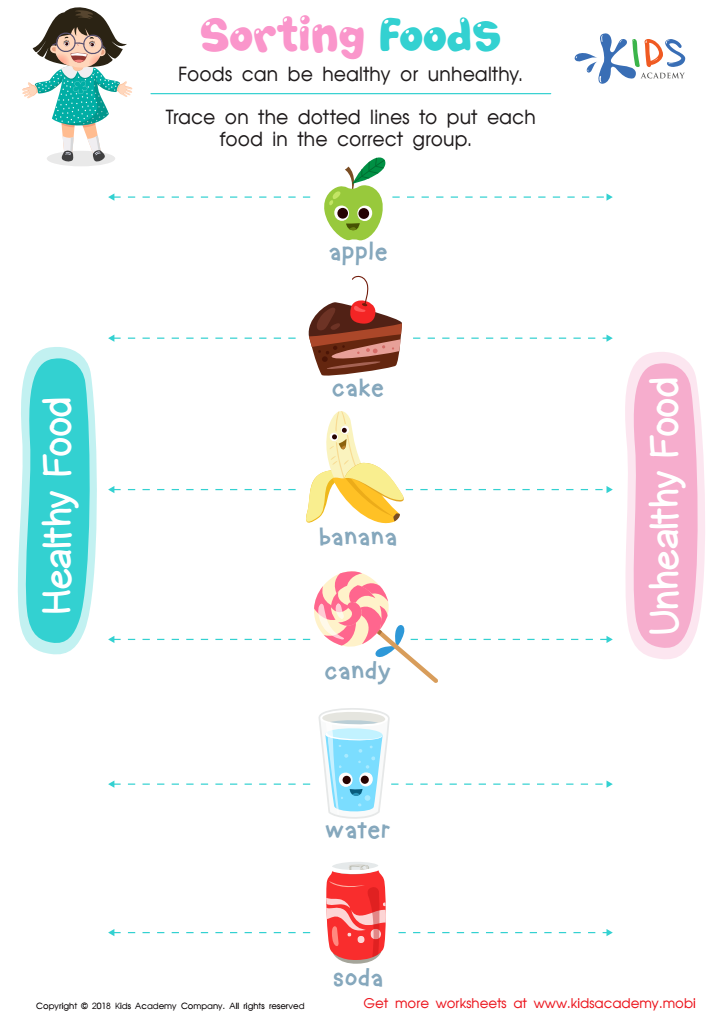

Sorting Food Worksheet
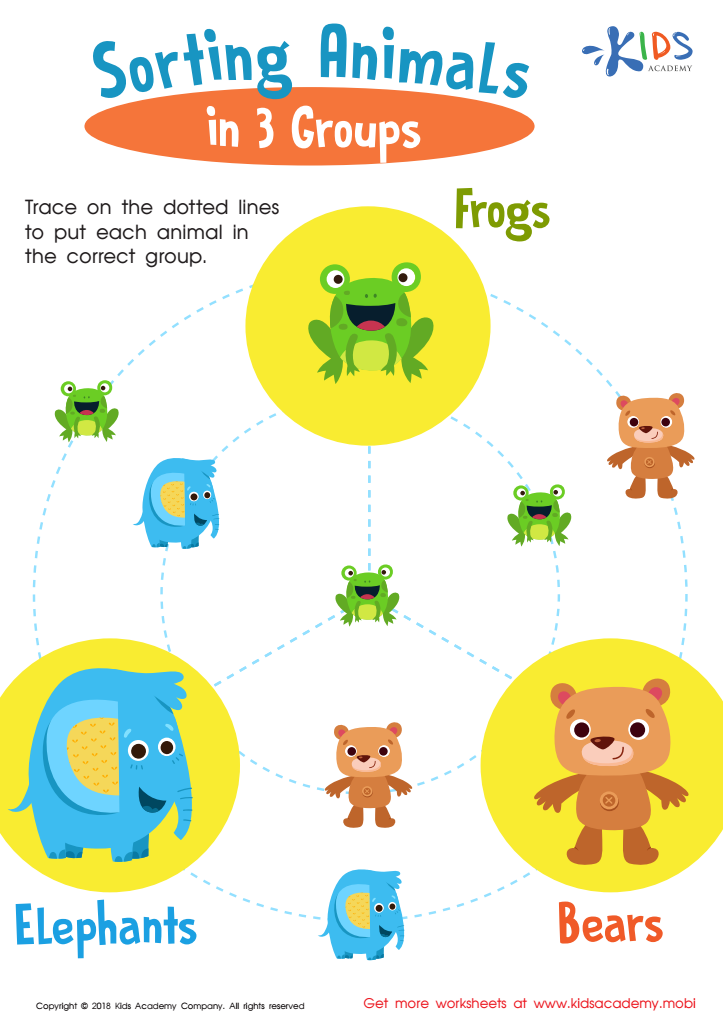

Sorting Animals in 3 Groups Worksheet
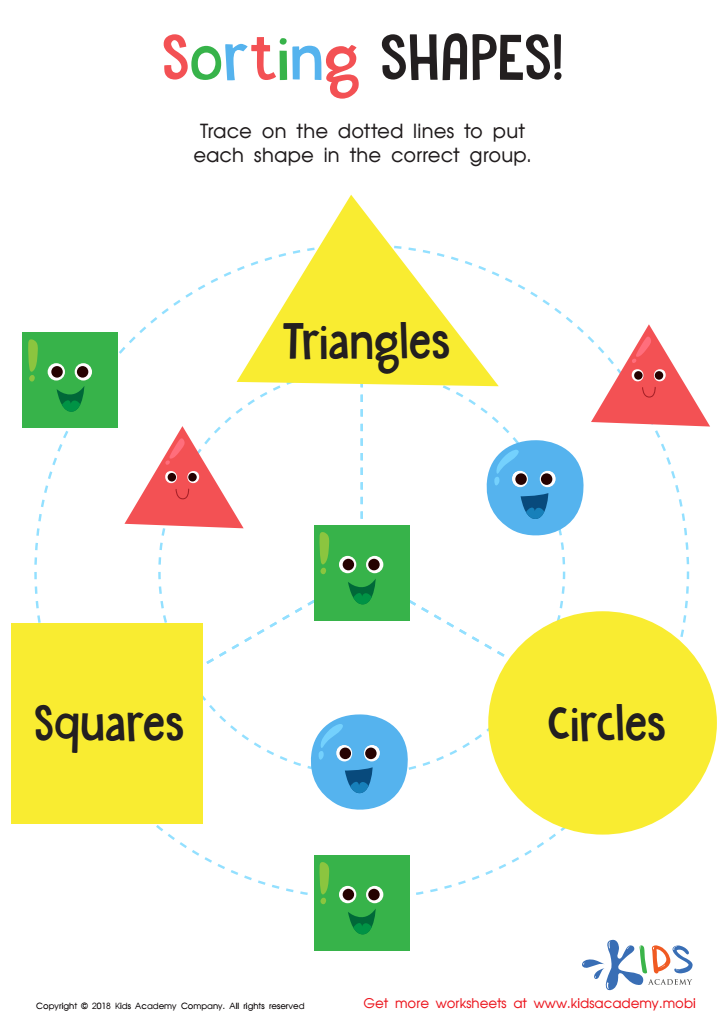

Sorting Shapes - Part 3 Worksheet
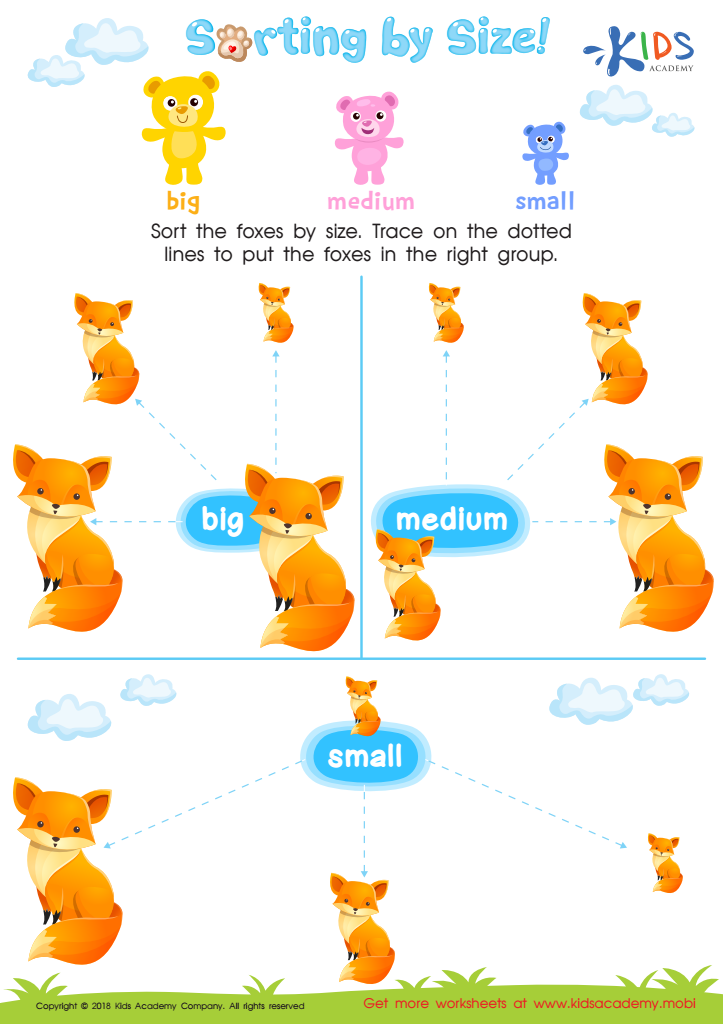

Sorting by Size Worksheet
Categorization skills, particularly sorting, are crucial for children aged 4-8 as they lay the foundation for critical thinking and problem-solving abilities. When parents and teachers nurture these skills, they help children make sense of the world around them. Sorting involves organizing items based on shared attributes, such as size, shape, color, or function. This process promotes cognitive development by encouraging children to identify similarities and differences, which is fundamental for understanding relationships between concepts.
Moreover, sorting activities enhance vocabulary and language skills, as children learn to articulate their reasoning behind groupings. For instance, they may describe why certain toys belong in one category versus another, fostering communication skills and boosting confidence in expression.
Sorting also supports mathematical development, introducing basic concepts of classification, counting, and patterns. As children engage in these activities, they develop logical reasoning, which is vital for future academic success. Furthermore, sorting activities can have social benefits, as collaborative sorting tasks encourage teamwork and shared learning experiences.
Ultimately, parents and teachers should prioritize categorization skills not just for immediate educational outcomes, but for nurturing well-rounded, capable learners who are prepared for the complexities of the world beyond early childhood.
 Assign to My Students
Assign to My Students
